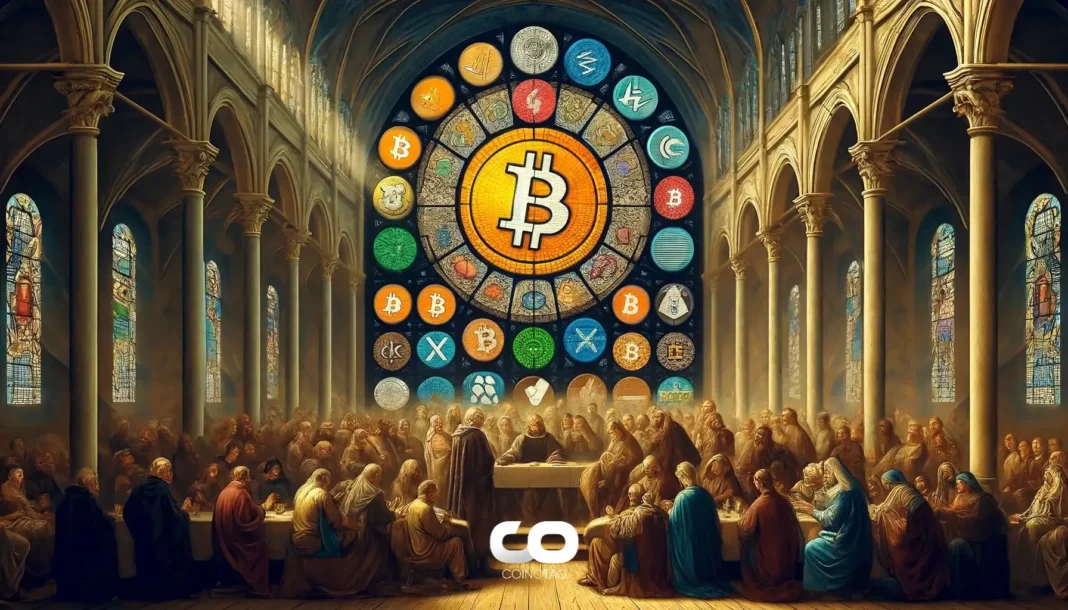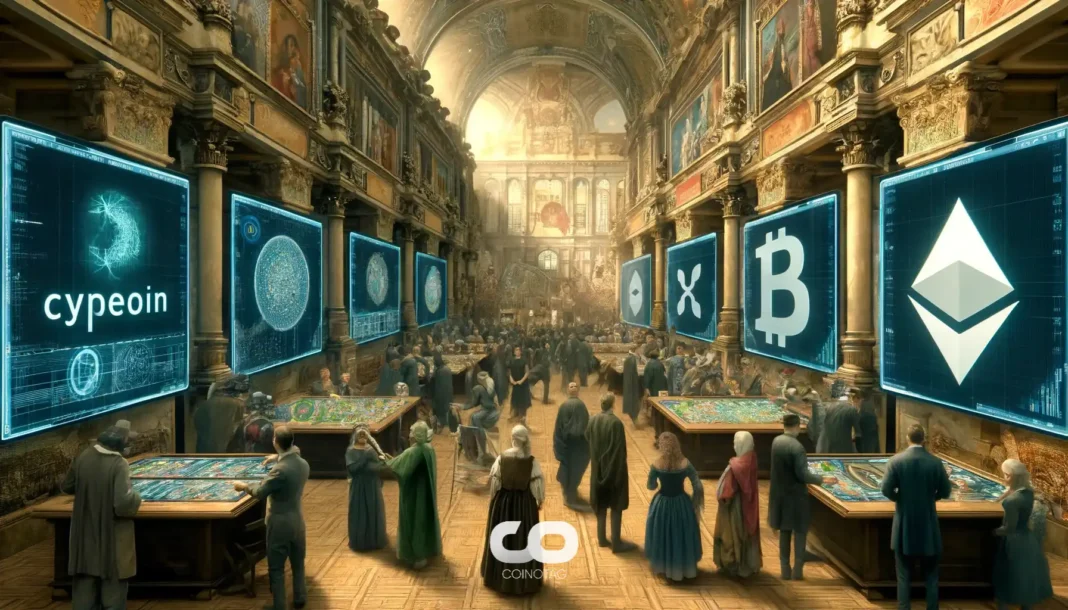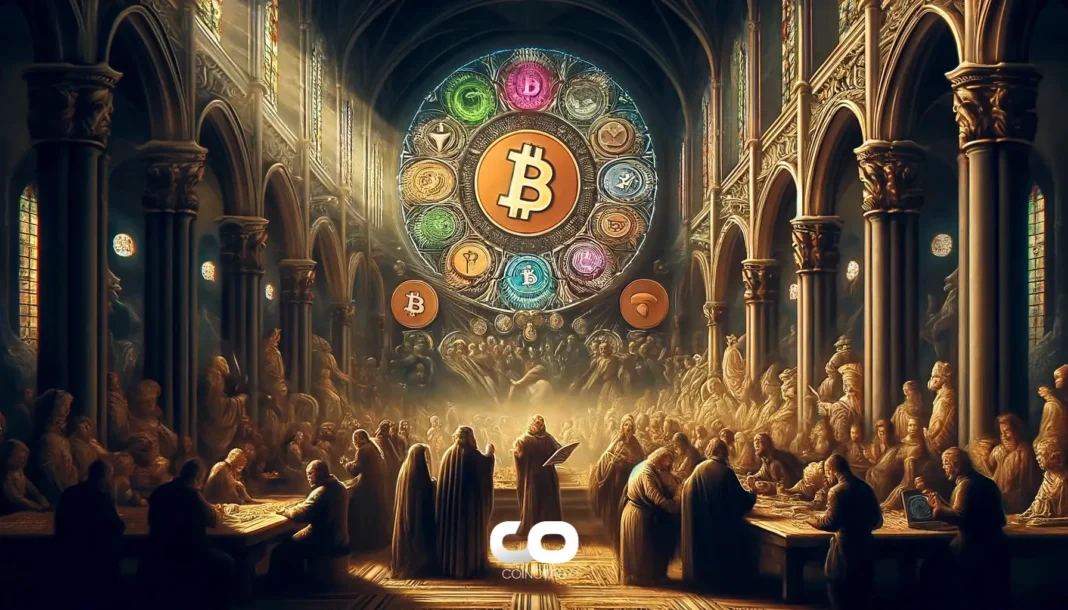-
The Bedrock (BR) token experienced a dramatic price collapse after a coordinated withdrawal of nearly $50 million in liquidity from multiple whale addresses on Binance Alpha.
-
This sudden liquidity drain highlights potential vulnerabilities in Binance Alpha’s vetting process and raises concerns about the integrity of its token listings.
-
According to crypto analyst @ai_9684xtpa, 26 addresses executed rapid withdrawals within 100 seconds, triggering a sharp price drop and sparking speculation about insider involvement or coordinated dumping.
Bedrock (BR) token plunges over 50% following a $50M liquidity withdrawal on Binance Alpha, raising questions about whale activity and platform oversight.
Liquidity Drain Exposes Risks in Binance Alpha Token Listings
The recent plunge in the Bedrock (BR) token price underscores significant risks associated with liquidity management on Binance Alpha. Despite Binance Alpha’s reputation for rigorous project vetting, the coordinated withdrawal of $47.59 million in liquidity by 26 addresses within a mere 100 seconds revealed a critical vulnerability. This rapid liquidity extraction caused BR’s market value to halve, shaking investor confidence and prompting scrutiny of the platform’s oversight mechanisms. The fact that several whale addresses held substantial token amounts—three exceeding $1 million and thirteen over $500,000—suggests a concentrated distribution that can be exploited to manipulate prices.
Whale Activity and Market Manipulation Concerns
The synchronized timing of these large-scale withdrawals has led to widespread speculation about potential market manipulation. Whale addresses acting in concert can artificially inflate token prices before executing mass sell-offs, a tactic commonly referred to as a pump-and-dump scheme. While Binance Alpha markets itself as a secure environment, the BR token event illustrates how such schemes can undermine market stability. Analysts and community members have also raised the possibility that insiders or team members might have orchestrated the liquidity dump, although no independent verification has confirmed this theory. This incident serves as a cautionary tale for investors to remain vigilant about token distribution and liquidity risks.
Binance Alpha’s Growing Pains Amidst Rapid Expansion
Binance Alpha has rapidly gained traction as a flagship product designed to boost engagement with the Binance Wallet, now the largest wallet by trading volume. The platform incentivizes users with rewards, attracting a broad user base and increasing token activity. However, this growth has not been without controversy. Critics argue that the rewards disproportionately benefit a small group of Alpha users, potentially fostering an uneven playing field. The BR token crash has intensified calls to reassess the program’s structure, with some labeling it a speculative bubble fueled by whales who pump tokens to attract retail investors before dumping them for profit.
Implications for Investor Protection and Regulatory Oversight
The BR token incident highlights the urgent need for enhanced investor protection measures within decentralized finance ecosystems. As pump-and-dump schemes continue to plague crypto markets, platforms like Binance Alpha must implement stricter controls and transparency protocols to safeguard users. Regulatory bodies are increasingly scrutinizing such events, emphasizing the importance of due diligence and accountability. For investors, this serves as a reminder to conduct comprehensive research and exercise caution when engaging with newly listed tokens, especially those with concentrated ownership and volatile liquidity pools.
Conclusion
The Bedrock (BR) token’s sharp decline following a massive liquidity withdrawal on Binance Alpha reveals critical challenges in managing token distribution and preventing market manipulation. While Binance Alpha remains a leading platform in the crypto wallet space, this event underscores the necessity for improved oversight and transparency to protect investors and maintain market integrity. Moving forward, stakeholders must prioritize robust risk management strategies and foster greater accountability to mitigate similar incidents and sustain confidence in decentralized finance innovations.







